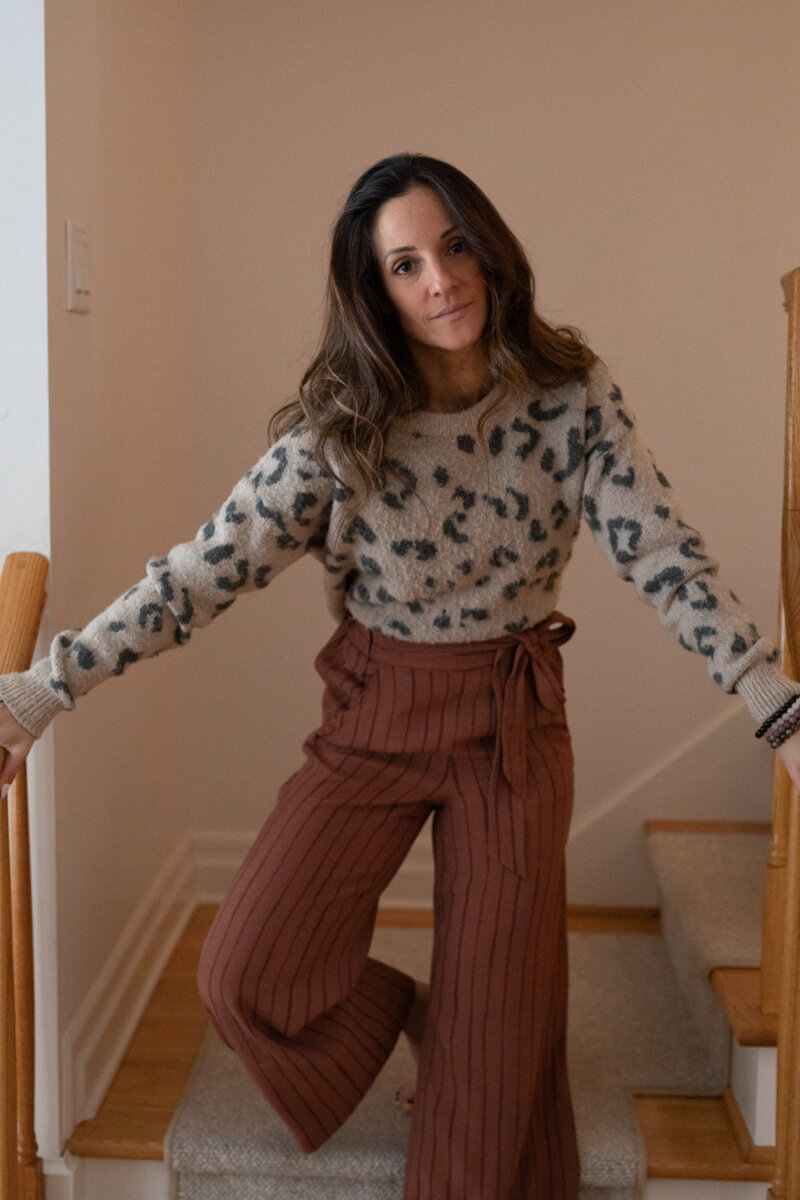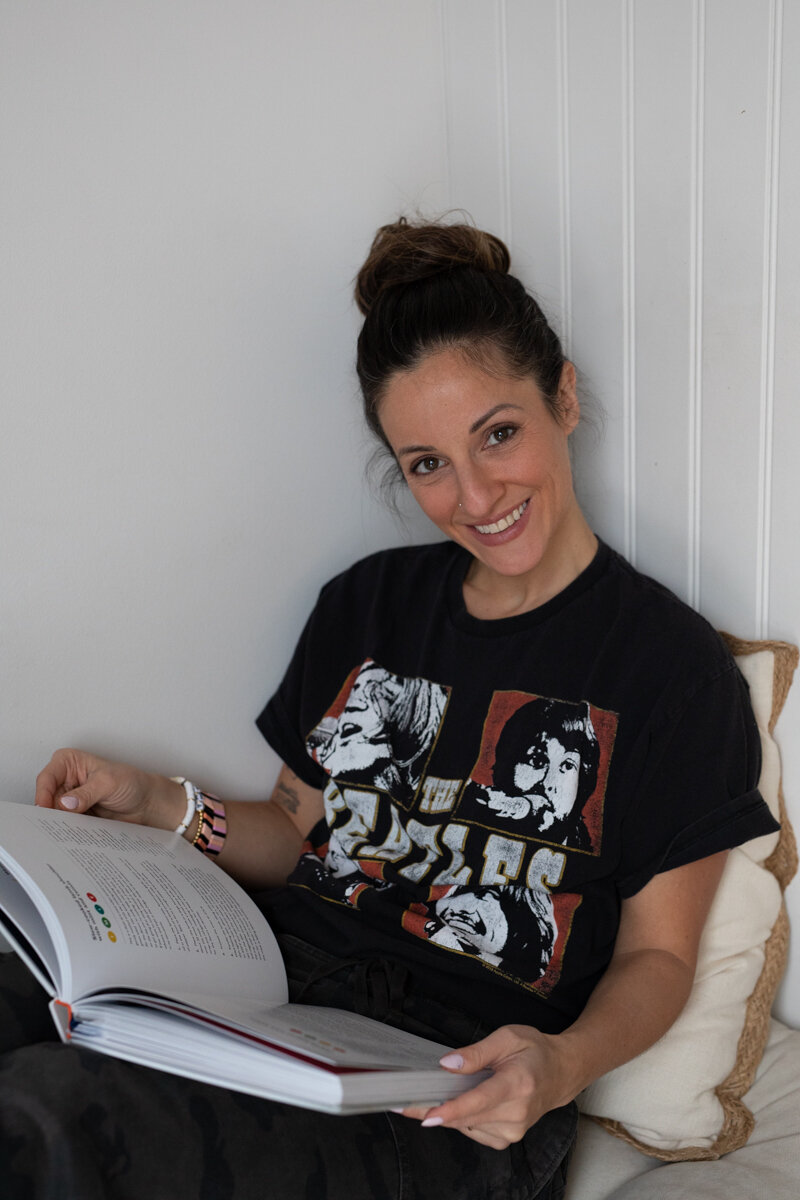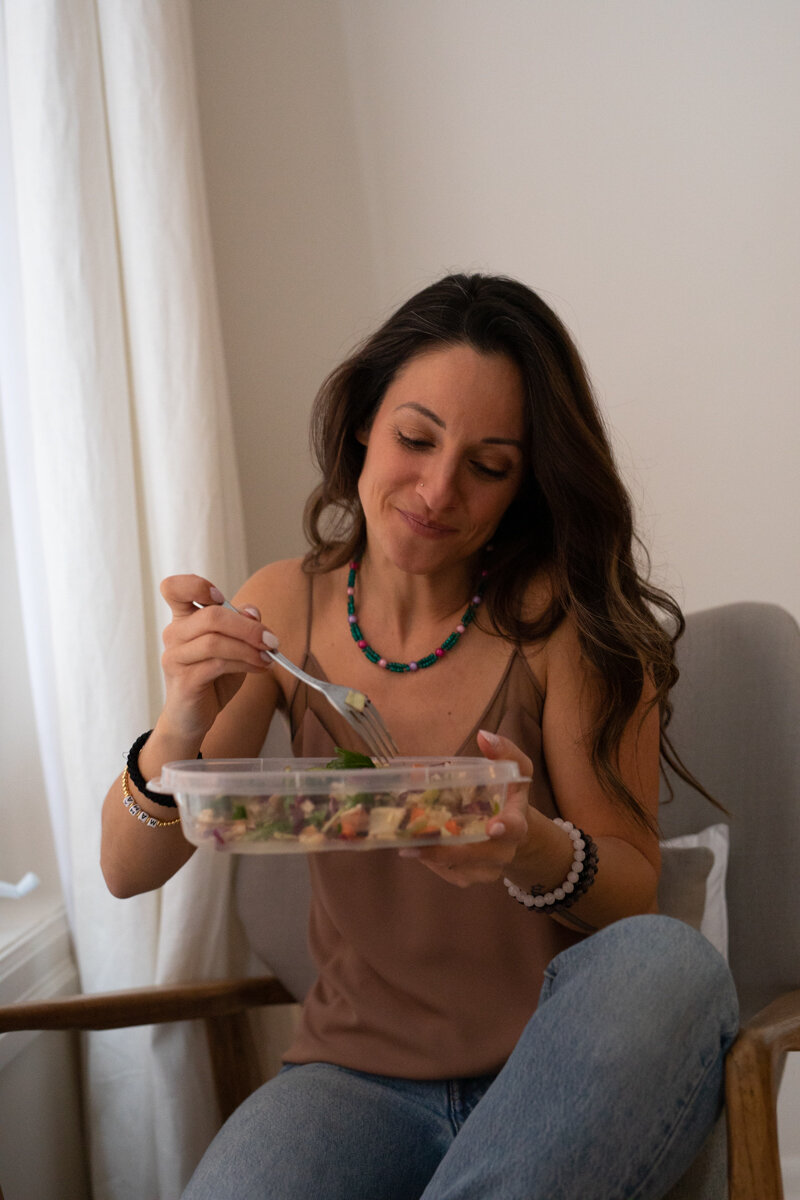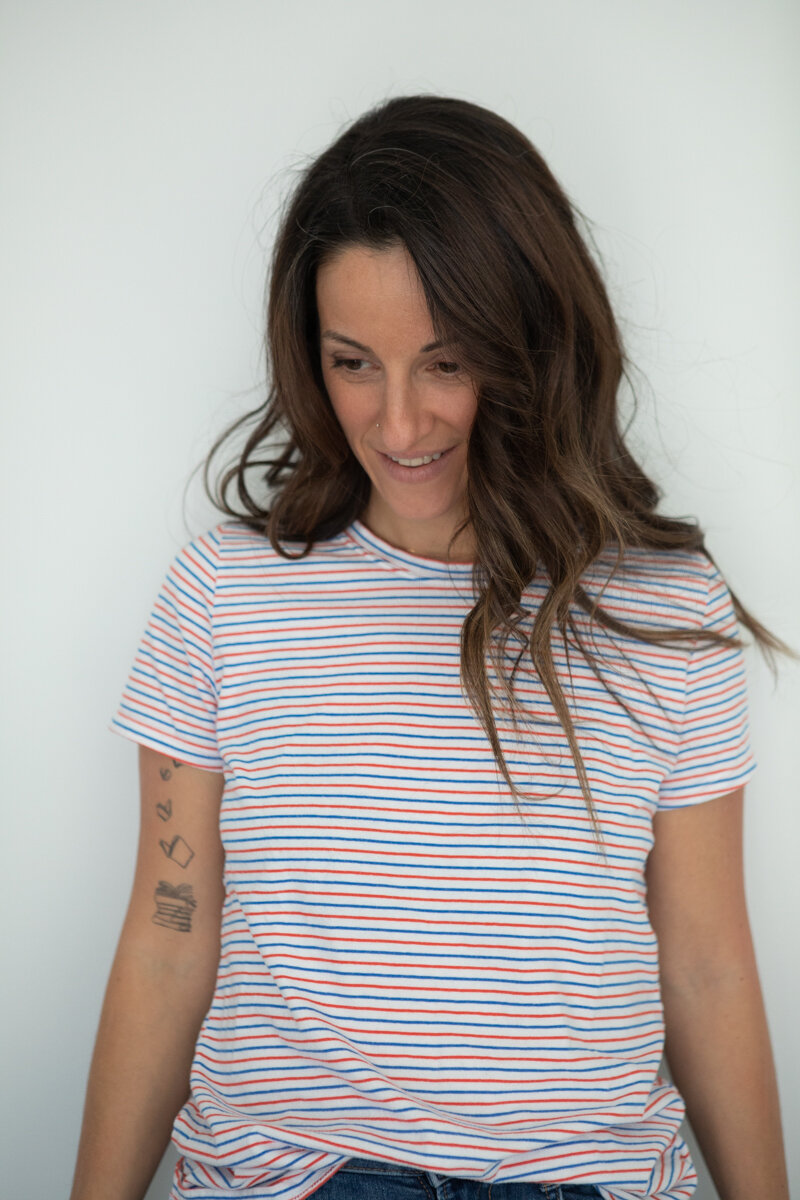About the Author
The basic principle of sharing is that the more you share, the less you own. You partition off what was once whole. In terms of sharing information about yourself, the same principle applies. By sharing our stories, our secrets, we divide and fraction off bits of ourselves. The reason this is significant is because I once held onto “my” story. It was mine. Belonged to me and no one else. I lived my life in this way for many years, safeguarding my story, burying it deep inside of me, drawing on it whenever I needed to protect myself, using it to create boundaries, alienating and isolating myself from others because of it, and so on. It was only recently, I believe around the time I had my first child, that a seed was planted inside of me that it was time to let this story grow outside of me rather than stay rooted within. I slowly began to share my story. The more I shared the words out loud, the less a part of me they were. The more I heard myself speak my truth, the more people my story branched out into - the more I connected with others as they shared their stories. All of a sudden, I wasn’t the only one with my story. Others shared my story. I belonged less to my story and my story belonged less to me. Incidentally, I started to build a community of people that helped dissipate the weight of my story and so began my journey toward healing.
I’ve written about my childhood in many formats. Poetry, fiction, opaque prose, and so on. But I had never written the truth in plain words. In words that didn’t need a dictionary to decode. In 2017, I embarked on my first year as a PhD student. I searched everywhere for a topic that would resonate with me. Try as I may to sink my teeth into a topic like Gothic women and the reader’s response, the real topic was within me, and no tiptoeing around it would stop it from eventually hitting me in the face. I couldn’t deny it nor avoid it. It was staring me in the eye—every article I read, every book I was assigned—one theme emerged: sexual violence against women and the symptoms that emerge in the aftermath. I started sharing this information with friends and yet again, found that all of the symptoms that were lightly coded in narrative symbols were ubiquitous across all members of my new community. We all lived different iterations of the same trauma, yet the symptoms that manifested were all found in the same story. One word came up time and again: disembodied. To not be in your body. This was huge because it explained everything, and although it requires pages upon pages to unpack, disembodiment basically says it all.
As I worked through my trauma, my studies took new shape. I wrote multiple articles on rape narratives and their likeness to a sort of metaphorical colonization. Once I exhausted that topic, I moved onto rape narratives and the modalities of silence—dissecting each form of silence from submission to resistance. Once again, I squeezed the life out of that subject, but something shifted inside of me. The healing had begun. By simply reading, writing, talking and learning about the various forms of silence that oppress victims of sexual violence, I slowly started to feel liberated from the silence that once subsumed me. I closed the chapter on that topic and moved along. I am now at the phase of my own therapy that aims to understand healing structures and ultimately, I hope to create new operational healing systems that unknowingly I had been implementing in my own life through My Profile Projects.
I had embarked on a series of interviews without a clear goal. I wanted a chance to sit with women, one on one, and get to know them by asking questions I normally don’t ask in everyday conversation. So much came to light with even some of my closest friends, because when dialogue, as we know it, is suspended, and people get a chance to talk without interruption, well it kind of sounds like I’m describing a therapy session and the truth is, that’s kind of what it felt like. However, although I was on the receiving end of these monologic conversations, I was the one being treated, because I was the one who found my words.
I lived a life filled with a lot of pain, deep, traumatic pain. The traces are still visible, but they are slowly taking on new form. As a wrote each of these profiles, I slowly saw my PhD topic emerge: Narrative Therapy in Stories of Sexual Violence. Creating a healing system that is somewhat tangible, somewhat possible, and completely operational in an applicable form. Write your story. Simple. Write what you need to say, write what you need to hear, write through the pain.
Within every one of these women’s story, something happened inside of me – I found my story and it is composed of these women’s stories, because from their honesty, vulnerability and openness, I have found my voice. The silence has lifted and I am ready to speak.
Over the next year, you’ll read the stories of 52 women told through my perspective. It’s a gradual unfolding - I hope you enjoy the origami of it all.
— Alecs
All photos by Jenni Fellegi













